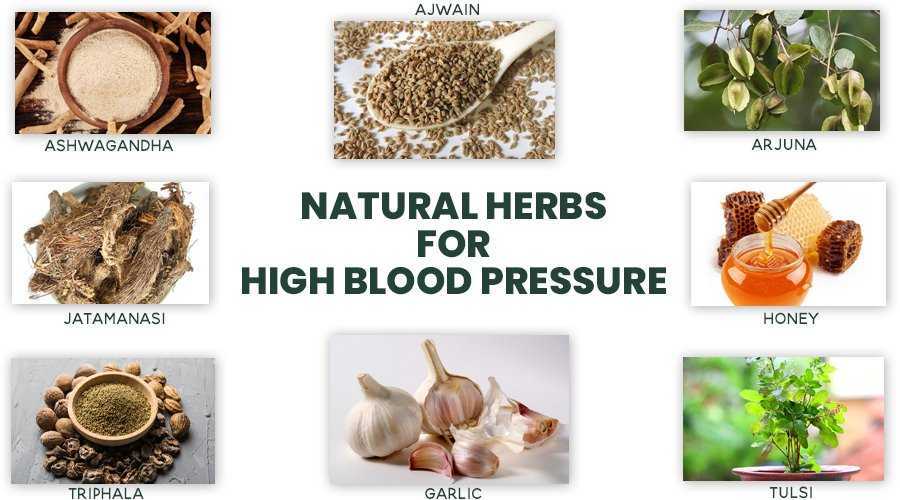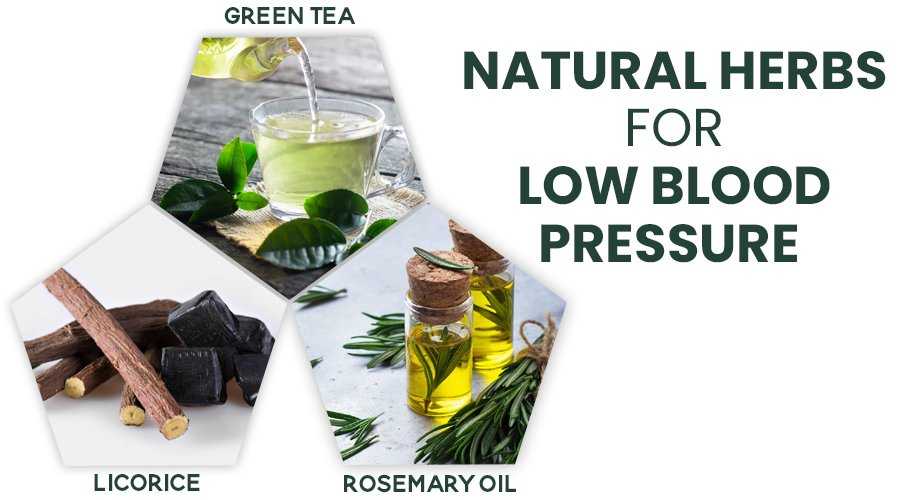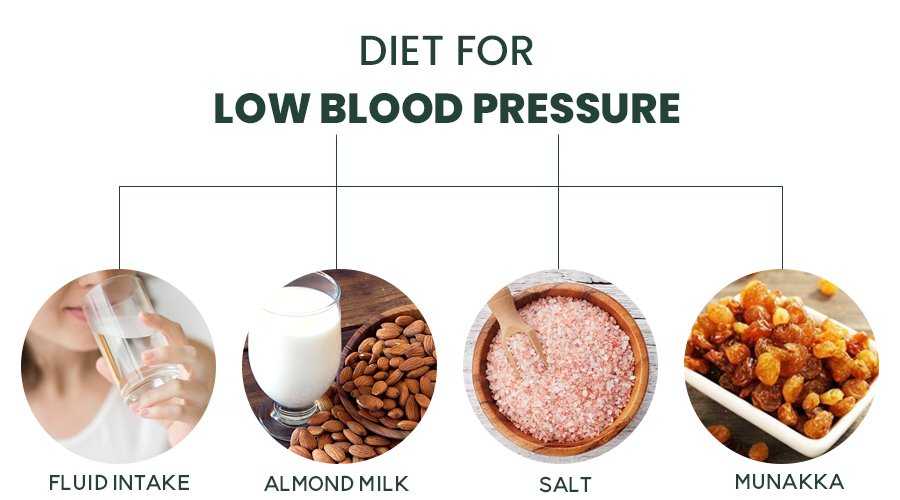You might have noticed, that doctors check the blood pressure levels before examining the patient. It is necessary as the pressure of blood in the body plays a vital role in the proper functioning of the body.
You might have seen this value 120/80 mm of Hg and might be aware this is the normal value of blood pressure of the blood. What does this value indicate? Let us read further to know about it.
Systolic Blood Pressure
When the heart beats, it pumps the blood into the arteries. This phase is referred to as systole. The first value, i.e., 120 stands for systolic pressure and if the value is almost equal to 120 it is normal blood pressure. Above this value, hypertension occurs and below 90, hypotension occurs.
Diastolic Blood Pressure
When the heart rests in between the beating, it stores blood in itself along with oxygen. This phase is referred to as diastole. The second value, i.e., 80 stands for diastolic pressure, and if the value is almost equal to 80, it is normal blood pressure. Above this value, hypertension occurs and below 60, hypotension occurs.
Two situations arise depending upon the values:
- Hypertension- High blood pressure
- Hypotension- Low blood pressure
What is Hypertension (High Blood Pressure)?
When the Vata Dosha gets accumulated in the blood it leads to a disturbance in the circulation system and the situation arises which is called hypertension. Mainly the Vata Dosha is responsible, but there is an imbalance in all the three Doshas.
Symptoms of hypertension
A person with high blood pressure may experience a range of symptoms like:
- Severe headache
- Confusion
- Fatigue
- Irregular heartbeat
- Pounding in the chest and chest pain
- Nervousness
- Dizziness
- Nosebleeds
- Difficulty breathing
- Sweating
Ayurvedic treatment for High Blood Pressure (Hypertension)
Natural Herbs for High Blood Pressure (Hypertension)

- Ashwagandha: It is a potent source of adaptogen which helps the body to cope with stress and anxiety. It calms the mind and is consumed as a mixture in water. The powdered form can be consumed daily as suggested by the Ayurvedic expert.
- Tulsi: It has both sacred and Ayurvedic importance. Since it is abundantly rich in antioxidants, it helps in controlling blood pressure levels. You can sip the Tulsi tea or keep those leaves in your mouth.
- Garlic: The medicinal property present in garlic can help curb blood pressure levels. The raw cloves taken every day can help you to find relief from the symptoms.
- Honey: The walls of the blood vessels are relaxed with the daily consumption of honey water. The water should be warm and mixed with 2 teaspoons of honey.
- Arjuna: The accumulation of plaque is reduced in the blood vessels by the intake of Arjuna. The powdered form can be used to get relief from hypertension. But make sure it is consumed empty stomach.
- Triphala: As it possesses anti-inflammatory properties it provides a range of benefits to the body. It reduces the strain on the blood vessels and controls the high blood pressure levels.
- Jatamanasi: Enriched with various antioxidants, it saves the arteries from damage and regular consumption can manage blood pressure levels.
- Ajwain: It keeps the check on high blood pressure levels. Having a pinch of raw ajwain after meals can be beneficial to you as it aids in the activity of stress hormones, reducing the stress and eventually managing the blood pressure levels.
- Amla: The compounds present in amla reduce the high blood pressure and widen the blood vessels. It can be used in the form of juice or can be eaten raw.
Diet for High Blood Pressure (Hypertension)

- Citrus fruits: Citrus fruits have a great amount of Vitamin C, which reduces the risk of elevated blood pressure. Fruits like oranges, kiwi, guava, and strawberries are rich in vitamins that help with blood pressure levels.
- Pumpkin seeds: The high Magnesium content in the pumpkin seeds help in the reduction of blood pressure in the blood.
- Berries: They contain various flavanoids which help in reducing hypertension hence, lowering the blood pressure levels in the body.
- Bananas: They are rich in potassium and fiber which helps in maintaining blood pressure levels.
- Sweet Potatoes: They are rich in Potassium, which helps in keeping the sodium levels in the body at a required amount. With this the blood pressure levels are balanced.
Yoga Asanas for High Blood Pressure (Hypertension)

- Balasana: By reducing the stress on the neck and shoulders it provides relief from hypertension.
- Sukhasana: It puts an end to the stress in the back region and at the same time helps to calm the mind.
- Shavasana: This asana is known to relax the mind and body. It is the easiest pose and has so many benefits.
- Bhujangasana: This pose helps in the proper circulation of blood and oxygen within the body aiding in reducing blood pressure.
What is Hypotension (Low Blood Pressure)?
According to Ayurveda, hypotension is due to the weakness of the digestive fire which can upset the three doshas (Vata, Pitta, and Kapha). People with Vata type body have poor blood circulation, the Pitta body type has a poor liver functioning, and Kapha body type has congestion which leads to low blood pressure.
Symptoms of hypotension
- Fatigue
- Blurry vision
- Fainting
- Nausea
- Dizziness
- Difficulty concentrating
- Headache
Ayurvedic Treatment for Low Blood Pressure (Hypotension)
Natural Herbs for low Blood Pressure (Hypotension)

- Licorice: The root of this herb is used to treat people who are suffering from hypotension. With its anti-inflammatory properties and acting as an adaptogen, it helps to maintain normal levels of blood pressure.
- Rosemary Oil: It helps in effectively treating low blood pressure. The presence of camphor in it stimulates the respiratory and circulatory systems.
- Green tea: It is fully loaded with antioxidants, vitamins, and minerals which help with the symptoms of low blood pressure.
Diet for low Blood Pressure (Hypotension)

- Salt: Pink salt or Rock salt will do wonders for you. Don’t overuse it. Limit the usage, but make sure you consume it in a moderate amount.
- Almond milk: It has the properties of healthy fat, which is needed by the body. So, soak the almonds in water overnight and then make its paste and mix it in the milk for the benefits.
- Fluid intake: Dehydration leads to a decrease in blood pressure levels. Drink loads of water. Additionally, have fresh fruit and vegetable juices that will save the body from dehydration and at the same time provide you fiber-rich diet. You can also have coconut water as it is abundantly rich in nutrients.
- Munakka: Consumption of munakkas helps in the proper circulation of the blood and helps in the regulation of blood pressure levels. Either has them raw or you can also soak them in water and mix them with the milk and have them.
- A small portion of meals: Instead of having three meals in a day, follow a five-meal routine. Break the meal intake into those five portions to remain healthy and free from low blood pressure conditions
Yoga for low Blood Pressure (Hypotension)

- Adho Mukha Svanasana: This poses calms the brain and eases the body from tiredness.
- Pavanmuktasana: This asana helps in reducing stress in the body. Additionally, circulates proper blood flow in the body.
- Sarvangasana: This posture improves blood flow into the brain, reducing dizziness and fatigue.
- Matsyasana: This posture stretches the back and neck muscles and provides adequate blood circulation throughout the body, which helps control blood pressure.
Common practices to be followed will help you in the management and balancing of blood pressure levels in the blood.
Diet for low Blood Pressure
- Keep yourself hydrated.
- Avoid processed, canned, saturated fat, and oily food products.
- Do not drink caffeine, excessive sugar, and carbonated drinks.
- Prefer to have a vegetarian diet.
Lifestyle modification for low Blood Pressure
- Quit tobacco/ Alcohol/Smoking.
- Have an active lifestyle.
- Go out for a walk on a daily basis. A normal 30-minute brisk walking or mild jog will be beneficial in balancing blood pressure levels.
- Follow an exercise regimen. Try doing Aerobics, Zumba, or dance activities as they will help in proper blood circulation in the blood.
- Follow a proper sleep schedule. Do not compromise on your sleep and quit mid-day naps.
Meditation for low Blood Pressure
Since stress is the cause of all diseases, there is an urgent need to manage the stress levels in the body. To keep the negative thoughts away and to have a positive attitude towards life meditation is a must.
It helps in rejuvenating the mind, body, and soul. With regular practice, one can calm the mind and soothe the soul.
You may have numerous numbers of problems with the imbalance present in the blood pressure levels. But with the Ayurvedic approach, you will have a multitude of benefits and will be able to manage the symptoms effectively.
